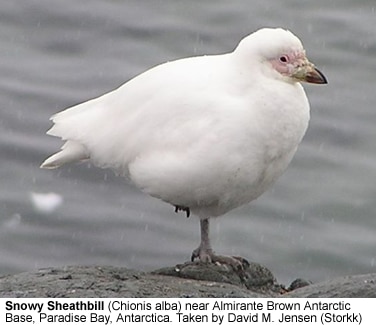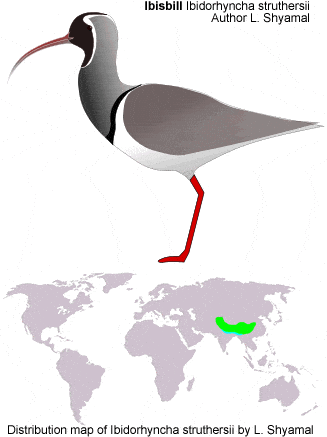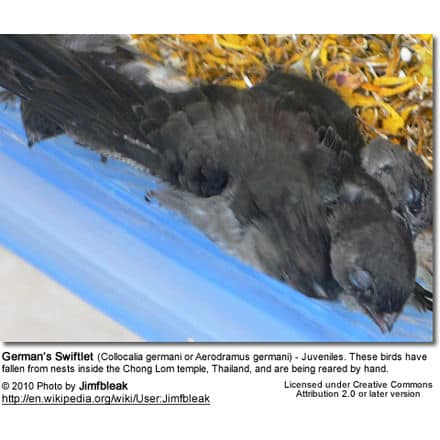Waders, Sandpipers – Shorebirds
Waders, called Shorebirds in North America (where “wader” is used to refer to long-legged wading birds such as storks and herons), are members of the order Charadriiformes, excluding the more marine web-footed seabird groups. The latter are the skuas (Stercoraracidae), gulls (Laridae), terns (Sternidae), skimmers (Rhynchopidae), and auks (Alcidae). Also, the pratincoles (Glareolidae) and the Crab Plover (Dromadidae), which look more similar to waders, are closely related to the seabirds.
This leaves about 210 species, most of which are associated with wetland or coastal environments. Many species of Arctic and temperate regions are strongly migratory, but tropical birds are often resident, or move only in response to rainfall patterns. Some of the Arctic species, such Little Stint are among the longest-distance migrants, spending the non-breeding season in the southern hemisphere.
The majority of species eat small invertebrates picked out of mud or exposed soil. Different lengths of bills enable different species to feed in the same habitat, particularly on the coast, without direct competition for food. Many waders have sensitive nerve endings at the end of their bills which enable them to detect prey items hidden in mud or soft soil. Some larger species, particularly those adapted to drier habitats will take larger prey including insects and small reptiles.
Many of the smaller species found in coastal habitats, particularly but not exclusively the calidrids, are often named “Sandpipers”, but this term does not have a strict meaning, since the Upland Sandpiper is a grassland species.
In the Sibley-Ahlquist taxonomy, waders and many other groups are subsumed into a greatly enlarged Ciconiiformes order. However, the classification of the Charadriiformes is one of the weakest points of the Sibley-Ahlquist taxonomy, as DNA-DNA hybridization has turned out to be incapable of properly resolving the interrelationships of the group. Formerly, the waders formed the suborder Charadrii, but this has turned out to be a “wastebin taxon”, uniting no less than four charadriiform lineages in a paraphyletic* assemblage. (*Paraphyletic = some, but not all, of the descendants from a common ancestor) Following recent studies (Ericson et al., 2003; Paton et al., 2003; Thomas et al., 2004a, b; van Tuinen et al., 2004; Paton and Baker, 2006), the waders may be more accurately subdivided as follows:
- Suborder Scolopaci
- Family Scolopacidae: snipe, sandpipers, phalaropes, and allies
- Suborder Thinocori
- Family Rostratulidae: painted snipe
- Family Jacanidae: jacanas
- Family Thinocoridae: seedsnipe: The seedsnipe are a South American family of group of small gregarious waders which have adapted to a herbivorous (plant-eating) diet.These birds look superficially like sparrows in structure and bill shape. They have short legs and long wings.Their 2-3 eggs are laid in a shallow scrape on the ground.
- Family Pedionomidae: Plains Wanderer
- Suborder Chionidi
- Family Burhinidae: thick-knees
- Family Chionididae: sheathbills
- Family Pluvianellidae: Magellanic Plover, Pluvianellus socialis.
- Suborder Charadrii
- Family Ibidorhynchidae: Ibisbill – The Ibisbill (Ibidorhyncha struthersii) is a bird related to the waders, but sufficiently distinctive to merit its own family Ibidorhynchidae. It lives on the shingle riverbanks of the high plateau of central Asia and the Himalayas. This bird is quite unmistakable. The adult is grey with a white belly, red legs and long down curved bill, and a black face and black breast band. The young birds lack the black on the face and breast, and the bill is duller. The legs are bright red in the breeding adults and dull sepia in juveniles. In spite of its spectacular appearance it is inconspicuous in its stony environment.They feed by probing under rocks or gravel on stream beds.The call is a ringing Klew-klew similar to that of a Greenshank.It lays four eggs in a scrape on the ground.The taxonomy position of the family is still unclear. It may be related to both the oystercatchers and the avocets. For an alternative classification of the Charadriiformes, see Sibley-Ahlquist taxonomy.
- Family Recurvirostridae: avocets and stilts : Recurvirostridae is a family of birds in the wader suborder Charadrii. It contains two distinct groups: The avocets, with long legs and long up curved bills which they sweep from side to side when feeding in the brackish or saline wetlands they prefer. The stilts, which have extremely long legs and long thin bills.
- Family Haematopodidae: oystercatchers
- Family Charadriidae: plovers and lapwings : The bird family Charadriidae includes the plovers, dotterels, and lapwings, about 64 to 66 species in all. They are small to medium-sized birds with compact bodies, short, thick necks and long, usually pointed, wings. They range in size from the Collared Plover, at 26 grams and 14 cm (5.5 inches), to the Masked Lapwing, at 368 grams (13 oz) and 35 cm (14 inches). They are distributed through open country worldwide, mostly in habitats near water, although there are some exceptions: the Inland Dotterel, for example, prefers stony ground in the deserts of central and western Australia. They hunt by sight, rather than by feel as longer-billed waders like snipe do. Foods eaten include insects, worms or other invertebrates depending on habitat, and are usually obtained by a run-and-pause technique, rather than the steady probing of some other wader groups. Most members of the family are known as plovers, lapwings or dotterels. These were rather vague terms which were not applied with any great consistency in the past. In general, larger species have often been called lapwings, smaller species plovers or dotterels and there are in fact two clear taxonomic sub-groups: most lapwings belong to the subfamily Vanellinae, most plovers and dotterels to Charadriinae. The trend in recent years has been to rationalise the common names of the Charadriidae. For example, the large and very common Australian bird traditionally known as the ‘Spur-winged Plover’, is now the Masked Lapwing; the former ‘Sociable Plover’ is now the Sociable Lapwing.
- Family Ibidorhynchidae: Ibisbill – The Ibisbill (Ibidorhyncha struthersii) is a bird related to the waders, but sufficiently distinctive to merit its own family Ibidorhynchidae. It lives on the shingle riverbanks of the high plateau of central Asia and the Himalayas. This bird is quite unmistakable. The adult is grey with a white belly, red legs and long down curved bill, and a black face and black breast band. The young birds lack the black on the face and breast, and the bill is duller. The legs are bright red in the breeding adults and dull sepia in juveniles. In spite of its spectacular appearance it is inconspicuous in its stony environment.They feed by probing under rocks or gravel on stream beds.The call is a ringing Klew-klew similar to that of a Greenshank.It lays four eggs in a scrape on the ground.The taxonomy position of the family is still unclear. It may be related to both the oystercatchers and the avocets. For an alternative classification of the Charadriiformes, see Sibley-Ahlquist taxonomy.
In keeping more in line with the traditional grouping, the Thinocori could be included in the Scolopaci, and the Chionidi in the Charadrii. However, the increasing knowledge about the early evolutionary history of modern birds suggests that the assumption of Paton et al. (2003) and Thomas et al. (2004b) of 4 distinct “wader” lineages (= suborders) already being present around the C-T boundary is correct.





